US college admission caps – little cause for alarm
– Raymond Ravaglia and Sheila K. Bauer are co-founders of AccessUSA
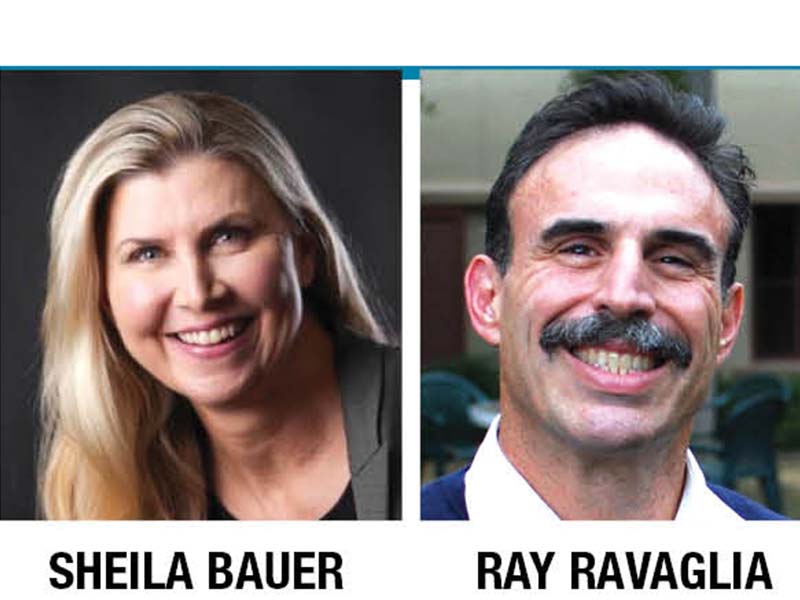
Recent headlines about a new US proposal to cap international undergraduates at 15 percent per campus, with no more than 5 percent from any one country, has generated flutter among Indian households/students. But demand from countries like India is well below what EW-Launchpad ranked undergrad colleges can accommodate (see https://educationworld.in/rankings-americas-best-universities-2025/). Even in a worst-case scenario, applicants can find numerous options provided they apply strategically.
White House proposition. In early October, the White House circulated a memo to nine universities, offering them preferential access to federal funds if they signed a “compact” with several conditions — including capping international undergraduate enrollment at 15 percent and no more than 5 percent from any one country. This is not a universal rule but a proposal tied to funding incentives at specific institutions. Media reports have tended to overlook the fact that, so far, the memo is targeted and contingent.
International undergrad student numbers are small even in top-ranked universities. Despite concerns about international student enrollment, international undergraduates number approximately 343,000 across the US — down 1.4 percent from the previous year — out of a total undergraduate population of 15.3 million. That is equivalent to 2.2 percent of all undergrads, well below the 15 percent ceiling proposed.
Even if one narrows the focus to top-ranked universities, the number of undergraduate seats just about exceeds 6 million. For instance, the EW-Launchpad Rankings which highlight universities especially suitable for international undergrad students, lists 780 US institutions with total undergraduate enrollment of 6.13 million. A 5 percent per-campus cap, when combined across these schools, suggests a theoretical capacity of 306,500 Indian undergraduates. Against this in academic year 2025-26, there are an estimated 36,000 Indian undergraduates in the entire United States. This number is roughly 10 percent of the cap, leaving ten times the headroom. Even if Indian undergraduate numbers were to grow by 25 percent annually for the next five years, they would only aggregate 110,000 — well below the capacity mandated by a 5 percent cap across the Launchpad cohort.
Most US colleges need more undergraduates, not less. America’s colleges need more undergraduates because the impending ‘enrollment cliff’ is real. Demographers and higher-ed analysts predict a multi-year decline in traditional-age students, which will increase competition for undergrads. Private non-profit colleges with huge unfilled capacity offered record tuition discounts averaging 56 percent for first-time undergraduates in 2024-25. Despite recent recovery, National Student Clearinghouse data reports undergraduate numbers below pre-pandemic levels. The reality is clear: US colleges/universities need more undergraduates, not less.
What international students should do now. While the proposed caps won’t immediately affect most colleges, some of the elite private colleges and large state universities will be impacted. Columbia and Carnegie Mellon, and the University of Southern California as also Michigan and Wisconsin universities and University of Illinois, Urbana-Champaign, all surpass the proposed 15 percent limit. The high concentration of international students at these institutions is the outcome of brand recognition and recruitment efforts rather than student success. Aspiring students and households should bear this in mind.
International students can improve their chances of positive admission outcomes by following a few simple steps. First, expand your target list beyond few highly selective colleges/universities. Second, assess opportunities and outcomes like co-ops, internships, retention, graduation rates, and early-career earnings over brand name. Third, diversify by geography and type of institution — flagship public universities, regional public universities with strong industry connection, and selective private institutions with strong student support. Finally, apply early and broadly to beat campus caps that may kick in.
Keep your eyes on the prize. While selecting a US university remember the long game: the goal shouldn’t be a branded college but the career and life you’re building. The United States is a $27 trillion economy versus $4 trillion in India, which means deeper capital markets, larger innovation ecosystems, and more ladders into high-skill work.
For smart, ambitious students, the greatest upside will come from positioning yourself to operate in both arenas, being able to move seamlessly between the world’s richest democracy and the world’s most populous democracy. This bi-directional fluency — US education and experience coupled with Indian networks and opportunity, will compound over the coming decades. Choose programs that maximise skills, internships, and outcomes. University brands will fade; developed capabilities and cross-market mobility won’t.
Aggregate admissions demand from countries like India is well below government prescribed caps. Even in the worst case scenario there are numerous options available for applicants





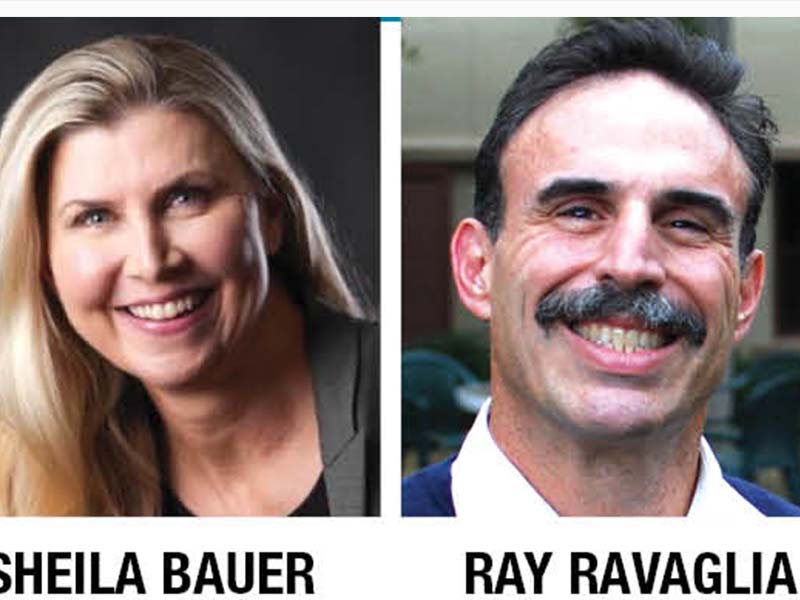


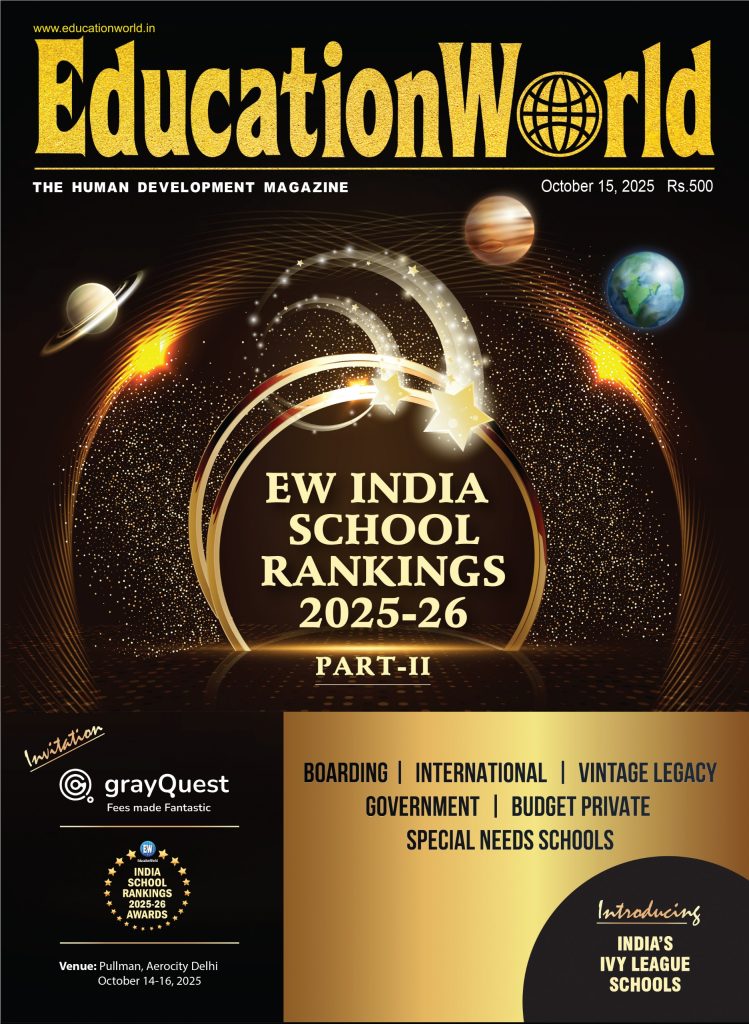
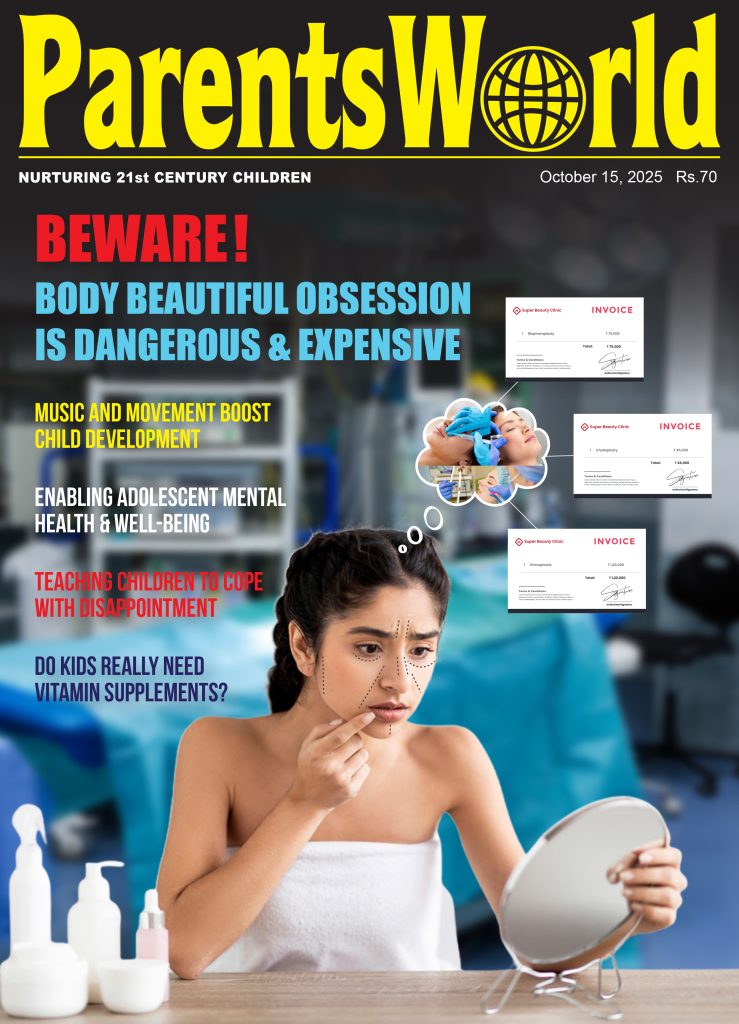



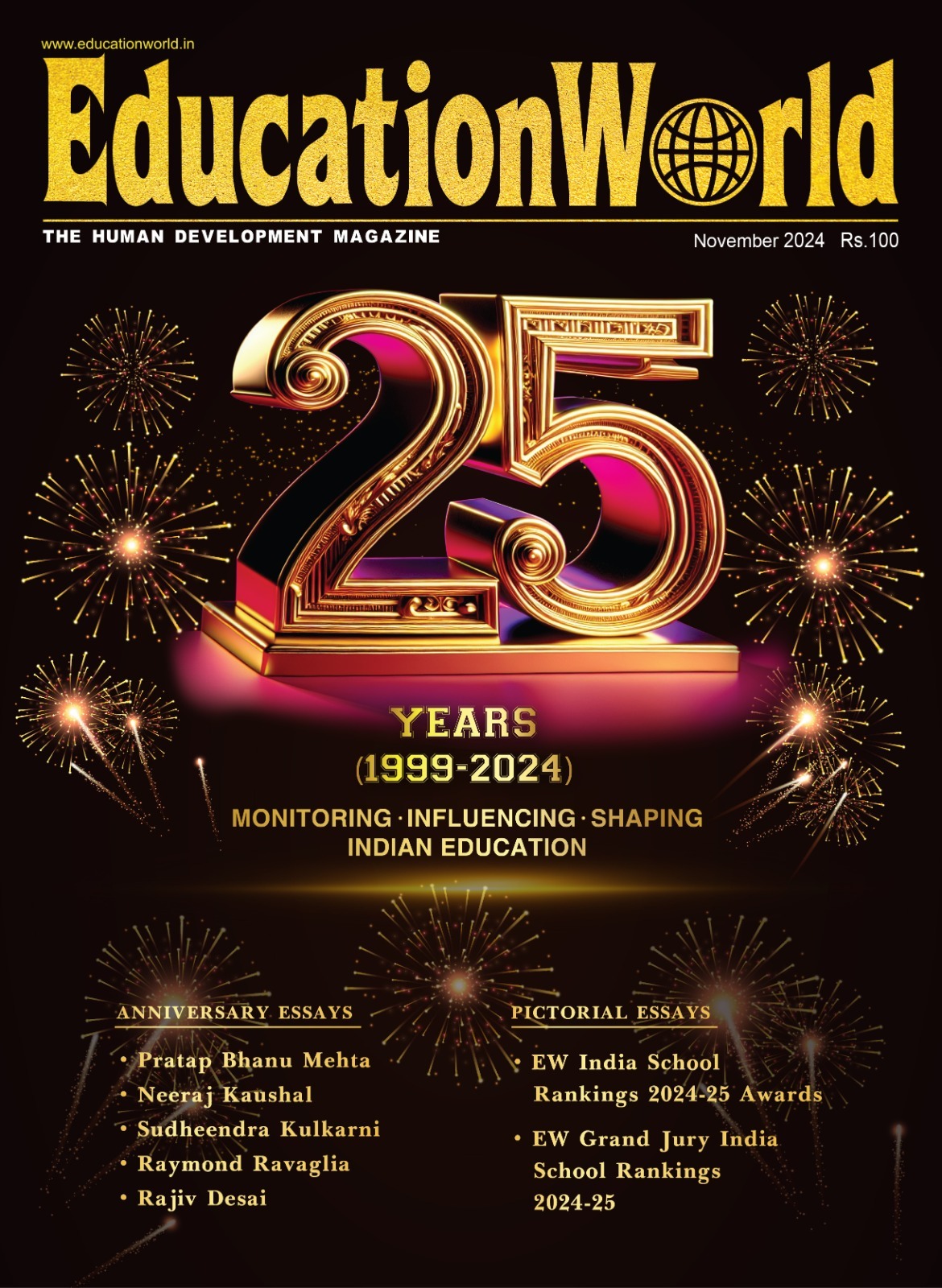



Add comment